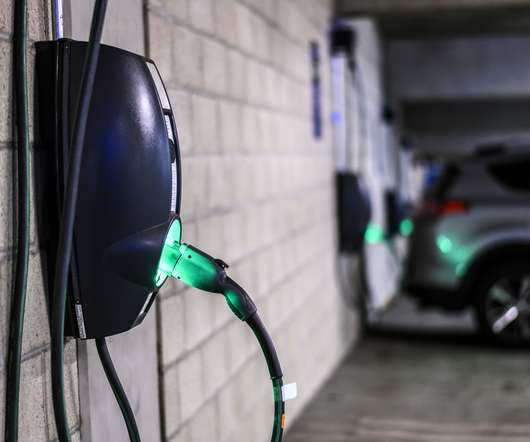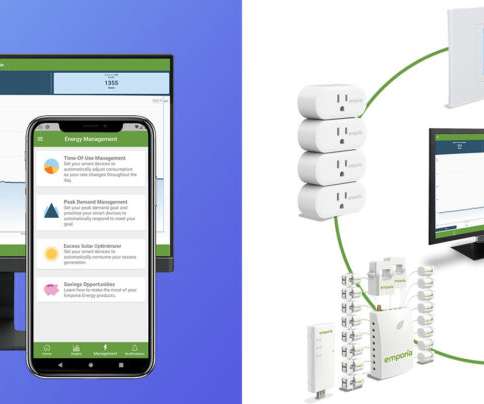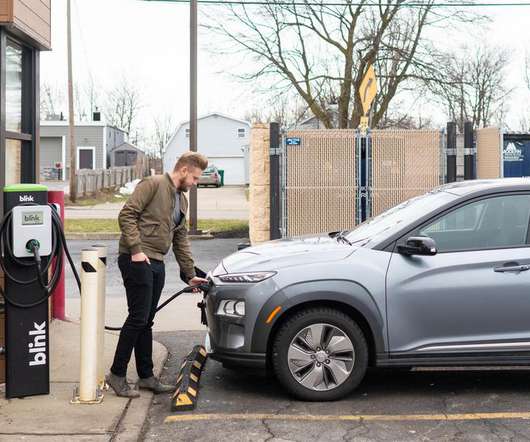The Role of Power Utilities in Turning EVs into a Grid Asset – Part 2
Driivz
MAY 10, 2022
Part 1 of this two-part blog discusses the challenges facing electric utilities – both electricity generators and grid operators – with electric vehicle (EV) adoption coinciding with the electrification of buildings, heating, and industry. Most cars are parked 95% of the time, making EVs ideal flexibility assets for the grid.













Let's personalize your content